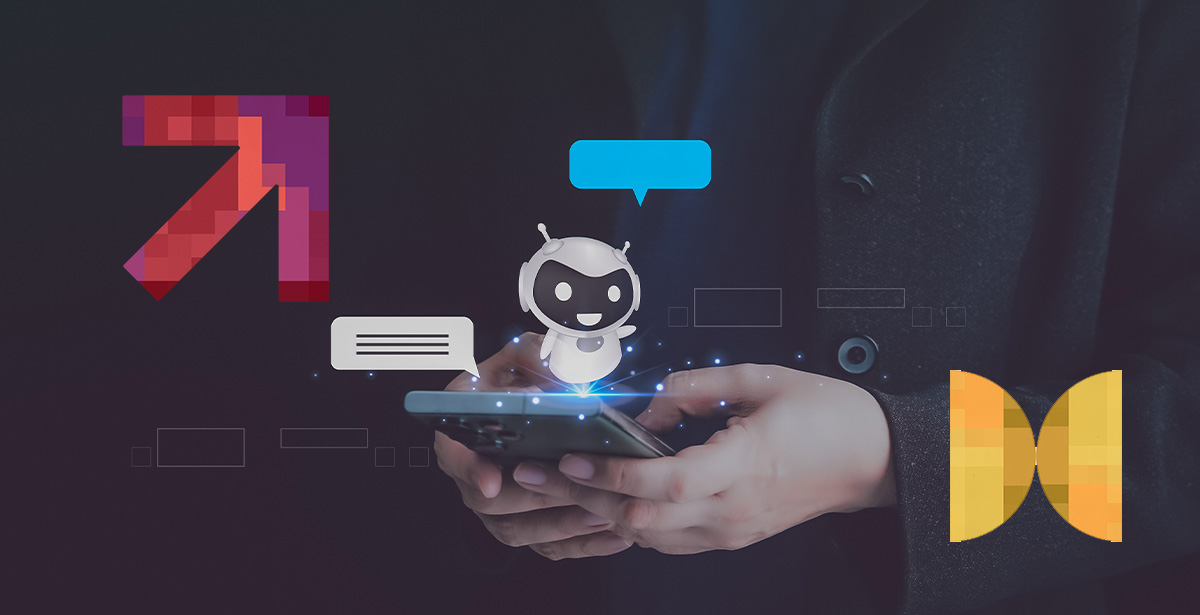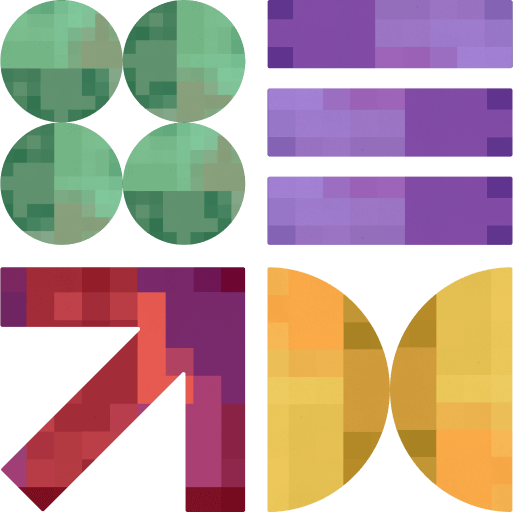Just How Much Does It Cost to Make a Chatbot?

There’s no doubt that businesses and consumers alike LOVE chatbots. Just take a look at these numbers proving this –
- In 2025, the global chatbot market is expected to reach $15.57 billion.
- Come 2029, the global market will grow to $46.64 billion.
- Estimates show that over 900 million people use AI chatbots.
- Around 41% of businesses that use chatbots for sales reported a 67% increase in sales.
- Consumers prefer using chatbots for several purposes. Around 62% prefer it to waiting for a human customer service agent, and 71% choose it for checking order status.
But as a business-savvy person, you must be wondering – how much does it cost to make a chatbot?
Thankfully, you don’t have to go hunting for an answer. Everything you need to know is just a few scrolls away.
Breaking Down the Cost to Build a Chatbot
If you just need a ballpark figure, expect to pay between $5,000 and $500,000+. But you may want to understand a little what goes into those figures.
In addition to customization level and development team experience, you should focus on the following three factors.
Factor 1) Type of Chatbot and Features
Most people jumping on the chatbot wagon don’t realize they can choose from three types of chatbots –
- Basic rule-based chatbots
- Moderately complex chatbots
- Advanced AI-powered chatbots
Basic rule-based chatbots are the simplest type, operating entirely on predefined scripts and decision trees. They follow strict “if-this, then-that” rules. This means they only respond to queries they’ve been explicitly programmed to recognize.
Their biggest advantage is that they’re quick and inexpensive to develop. However, they struggle with unexpected questions and cannot truly ‘understand’ language. That’s why these chatbots are best suited for simple customer service tasks, static FAQs, and basic lead capture.
As for moderately complex chatbots, these combine traditional rule-based logic with Natural Language Processing (NLP). This enables them to understand the intent behind a question, even if it’s phrased differently.
This flexibility makes them more interactive and useful than basic bots. Especially as they can handle varied phrasing and maintain smoother conversations. However, they need training and regular updates to remain accurate.
Moderately complex chatbots are ideal for tasks such as appointment booking, basic troubleshooting, order tracking, and more dynamic customer support.
Finally, advanced AI-powered chatbots are bots that use machine learning, large language models, and often deep integrations with databases to deliver highly intelligent, context-aware responses.
They don’t just match keywords; they can generate human-like answers, personalize recommendations, and adapt tone based on user interactions. And they can handle a wide range of topics and improve over time through continuous learning.
The trade-off is that they’re more expensive to build, require careful data privacy measures, and demand ongoing maintenance. That’s why they’re best for complex customer service, e-commerce personalization, global multi-language support, and internal business assistants.
💡 AI chatbots are perfect for any industry, even health and wellness. When using AI chatbots in the wellness space, program them to go beyond providing information to offering gentle encouragement. A well-timed motivational nudge, mindfulness reminder, or empathetic response can transform a simple interaction into a moment that genuinely supports the user’s mental and emotional well-being. You can check out AI chatbot implementation case studies for inspiration.
So, how much does it cost to make a chatbot from each of the above types?
A basic rule-based chatbot will cost from $5,000 to $30,000 easily. Meanwhile, a moderately complex one can range from $16,000 to $500,000. As for advanced ones, these can go above $500,000 depending on custom integrations and added features.
Factor 2) Platform Selection
While your development conversation may be focused on features, AI capabilities, or design, there’s a sneakier factor that can have a big impact on your budget: the platform you choose to build and deploy it on.
Some platforms are built for quick, rule-based bots, while others are designed for heavy-duty AI assistants with advanced integrations. The more specialized and capable the platform, the higher the development and maintenance costs can be.
Now you may want to opt for hosted chatbot platforms such as Tidio. But keep in mind that they’ll charge subscription fees based on usage or features. This means reduced upfront costs, but possibly more monthly fees over time. That’s why they’re best for small to medium projects.
On the other hand, self-hosted or custom-built solutions often come with higher initial development costs, but can save money in the long run. Especially if you expect high traffic.
You should also factor in a platform’s integration capabilities. If you choose a platform that requires complex integrations to connect with your systems, you’re looking at extra development hours and extra costs.
Scalability is another factor to consider. Some platforms make it easy to grow your chatbot’s capabilities, while others may require a costly rebuild when you hit their limits.
Factor 3) Data Security and Compliance
You can’t ask “how much does it cost to make a chatbot?” without wondering about how much of your investment covers data security and compliance. While it may not be the most glamorous part of chatbot development, it’s an important one that has a major impact on your budget.
A chatbot is often the first point of contact between your customers and your business. That means it might collect names, emails, purchase history, or even sensitive financial information. And protecting this data isn’t optional.
The security features you choose, from end-to-end encryption to secure API connections, add to the development and hosting costs.
Moreover, if you operate in regions with strict data protection laws like CCPA in California, compliance becomes a mandatory line item in your chatbot budget. Every additional compliance step adds both initial development expenses and ongoing operational costs.
And don’t even think about cutting corners in this regard. Data breaches lead to fines, lawsuits, loss of customer trust, and PR damage that no business wants to face.
How to Save on Chatbot Development Cost
Now that we’ve addressed the question “how much does it cost to make a chatbot?”, let’s talk about how you can proceed to development without breaking the bank.
- Define Your Goals Clearly from the Start – Avoid feature creep by knowing exactly what you want your chatbot to achieve. Clear goals mean less back-and-forth during development.
- Train Your Bot with Existing Data – Feeding your chatbot using past customer queries, support tickets, and FAQs. This will speed up training and reduce costly trial-and-error testing.
- Limit the Scope of AI Complexity Initially – While advanced AI features are appealing, they also increase costs. Start with simpler NLP or rule-based flows and upgrade when the ROI justifies it.
- Outsource Strategically – Hiring experienced chatbot developers or agencies in cost-effective regions can reduce expenses without sacrificing quality. For instance, Tampa-based developers offer the best value for money.
- Automate Testing Where Possible – Automated conversation testing tools catch errors early, saving the expense of fixing issues post-launch.
- Plan for Integration Early – Integrating with CRMs, ERPs, or payment systems late in the process often causes delays and extra costs. Include these needs in your initial development roadmap.
Most importantly, talk with your tech partner. Be upfront about your budget constraints and plan to develop your bot incrementally.
🔥 Hot Tip! Start with a Minimum Viable Product. Especially if you run a startup, minimum viable product development services can help you by launching a chatbot with essential features first, then scaling based on user feedback. This approach reduces initial costs and ensures you’re only investing in features your audience actually needs.
Ready to Start Your Chatbot App Development Journey?
DPL’s AI chatbot development services can help you get this right and within your budget. Our experts will deliver a solution that’s secure, scalable, and tailored to your audience.
From wellness-focused conversational flows to advanced personalization features, we ensure your chatbot engages users as well as supports their journey through your funnel.
Let us know how we can help in the form below. And, yes, you can also request a quote by asking how much does it cost to make a chatbot by our experts.





